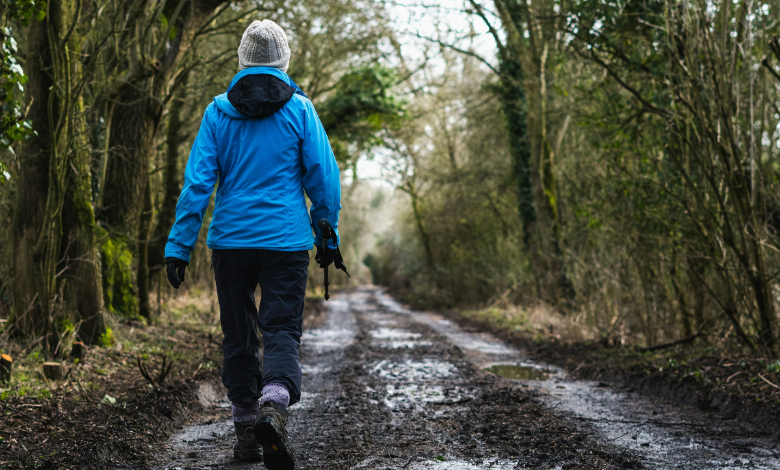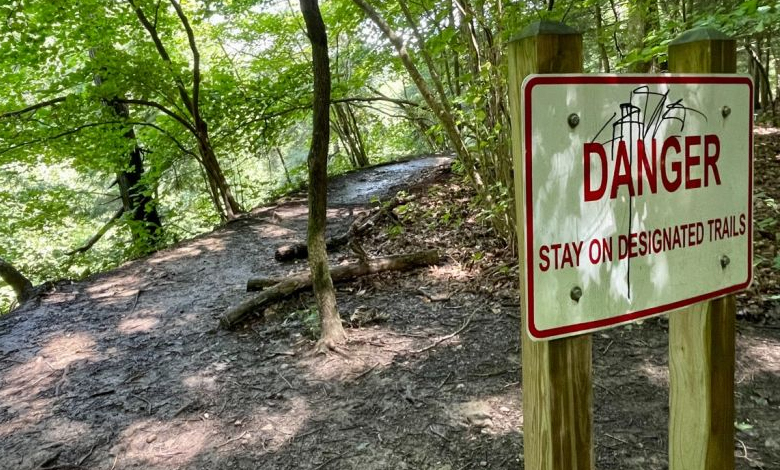Top 10 Springtime Outdoor Safety Tips

As the weather warms up and flowers start to bloom, many people are eager to spend more time outdoors. However, springtime activities come with their own set of safety considerations. Whether you’re planning a hike, a picnic, or simply enjoying the sunshine in your backyard, it’s important to be aware of potential hazards and take steps to stay safe. Here are the top 10 springtime outdoor safety tips to help you make the most of the season.
1. Take extra clothes

The weather in spring is unpredictable. It might be a bright and beautiful day when the snow starts to fall. Don’t forget to include additional layers of clothes, especially socks. Damp, chilly feet are the worst thing. Be sure to wear sturdy shoes with good traction, especially if you’re hiking or walking on uneven terrain.
2. Check the local avalanche forecast

If you are going into the mountains, you’ll probably experience snow. Avalanches are also always a possibility in mountainous areas where there is snow. So before you leave, do check the local avalanche forecast.
3. Beware of wet surfaces

Spring hiking is, in a word, damp. Roads are muddy and rivers might be low in the morning but high in the afternoon. Rain is raining often and snow is melting. Muddy roads, stream crossings, and damp surfaces should all be avoided. Watch out for flash floods and surging seas in particular. Water levels can increase suddenly on warm spring days and during spring storms.
4. Protect yourself from the sun

UV radiation can still cause sunburn and skin damage on overcast days. Apply and reapply sunscreen frequently, especially if you will be perspiring or spending a lot of time outside. Use sunscreen with a high SPF. To shield your face and eyes from the sun’s rays, remember to wear sunglasses and a hat with a broad brim.
5. Stay hydrated

You will perspire more in warmer weather, therefore it’s critical to maintain your hydration levels. Particularly if you want to partake in physically demanding sports like bicycling or trekking, make sure you pack lots of water. Steer clear of alcohol and sugar-filled beverages since these might exacerbate dehydration.
6. Be aware of allergies

Springtime allergies can put a damper on outdoor activities for some people. If you suffer from seasonal allergies, be sure to take any necessary medications before heading outdoors. Keep an eye on pollen counts and try to avoid spending time outside during peak allergy times if possible.
7. Watch out for wildlife

Many creatures, including insects, snakes, and other wildlife, become more active in the spring. Keep an eye out for indications of potentially harmful animals and stay conscious of your surroundings. Give wildlife lots of room and try not to bother them if you come across them.
8. Practice water safety

As the weather warms up, many people are drawn to bodies of water for swimming, boating, and other activities. Always wear a life jacket when boating or participating in water sports, and never swim alone or in unfamiliar waters. Keep an eye on children at all times when they’re near water.
9. Be prepared for emergencies

Make sure you are equipped to handle crises before you venture outside. Stow basic medical items like bandages, antiseptic wipes, and painkillers in a first aid kit. In case you need to contact us for assistance, carry a fully charged cell phone with you. Tell someone where you’re going and when you expect to return as well.
10. Stay on designated trails

When hiking or exploring outdoor areas, stick to designated trails and paths whenever possible. This not only helps protect fragile ecosystems but also reduces your risk of getting lost or injured in remote areas.
You can take advantage of everything that springtime has to offer while lowering your chance of becoming sick or hurt by adhering to these outdoor safety precautions. Being safe should always come first, whether you’re bicycling, hiking, gardening, or just lounging in your backyard.



